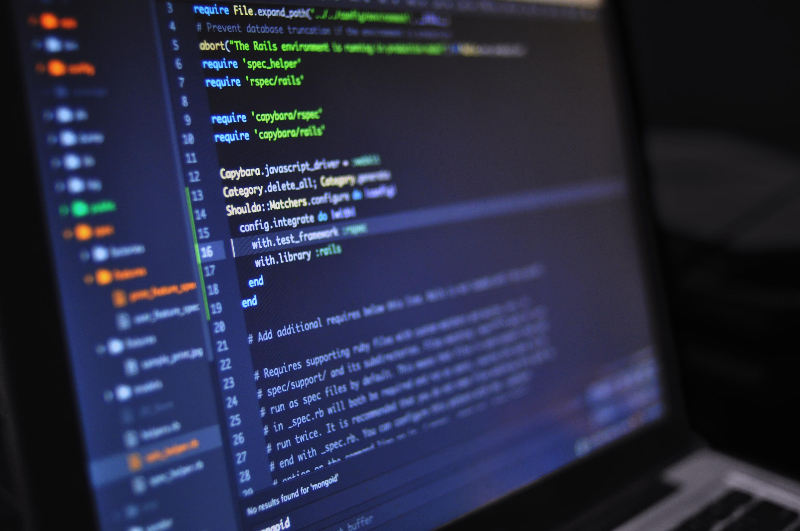Fundamental computer concepts.
Programming in a modern programming language (Python). Data structures and classes. Use of simple graphical routines (for grade A). Problem-solving through division into sub-problems.
Program structuring. Several smaller programming assignments as well as one larger, individual programming assignment with strong emphasis on structuring and specification of included modules.
